
F-16 fighters in Ukraine: game changer for situation on battlefield?
Ukraine needs modern fighter jets to dominate the skies, but getting them will depend on how quickly Ukrainian pilots are trained and how willing Western allies are to support Ukraine
Espreso has analyzed what F-16 fighters are, when they will appear in the Ukrainian sky, and how they can change the situation on the battlefield in the war against the Russian aggressor.
What the article is about:
- What are F-16 fighters?
- Why does Ukraine need F-16s?
- What are the possible threats to the F-16 during aerial warfare?
- How did Ukraine achieve the decision to transfer the F-16 to it?
- Factors hindering the transfer of F-16s to Ukraine
- How does Russia react to the transfer of F-16s to Ukraine?
What are F-16 fighters?
The F-16 Fighting Falcon is a single-engine light fighter developed by General Dynamics for the US Air Force. Now, in addition to the United States, 24 other countries use these fighters. The F-16 is the most mass-produced fourth-generation fighter jet: as of 2009, more than 4,400 aircraft were built, and in 2016, more than 2,500 of them were in service.
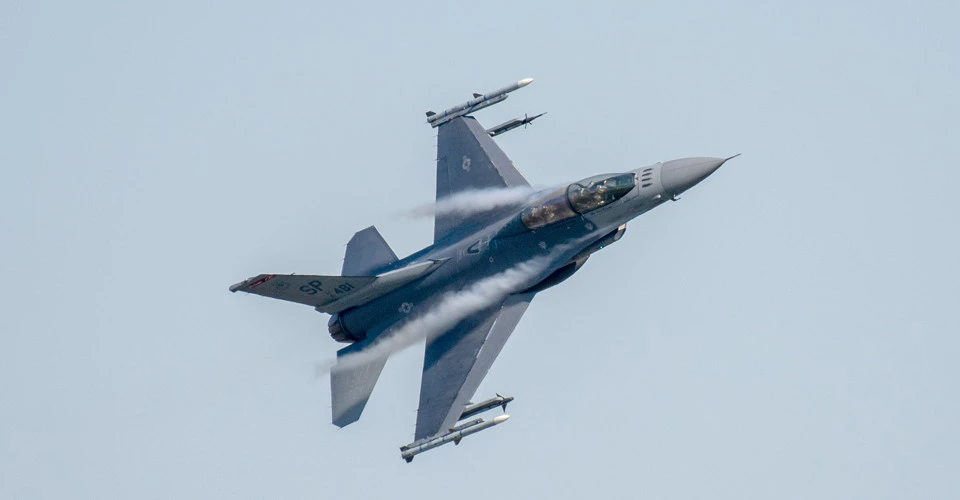
F-16/Photo: gettyimages
The F-16 was developed as a day fighter to gain air superiority, and over time it has evolved into an all-weather, multi-role aircraft. The main features of this fighter aircraft are a frameless canopy for good visibility, a side joystick for easier control during maneuvering, an ejection seat that can be tilted 30 degrees from the vertical to reduce the impact of overload on the pilot, and a fly-by-wire control system that helps stabilize flight control.
Why does Ukraine need F-16s and how can their arrival change the frontline situation?
What qualitative changes can the F-16 fighter jets bring to the Ukrainian Air Force in the war against the invading Russian army in the sky, on land, and at sea?
Primarily, it is to achieve parity with Russian fighters in terms of radar detection range and missile launch range.
The fact is that the fighters currently used by the Ukrainian Air Force - Mig-29 and Su-27 - are armed with R-27 air-to-air guided missiles with a maximum range of 95 km. Whereas Russia's modernized Mig-31BM can use long-range R-37 missiles with a declared range of more than 300 km.
The most important function will be to strengthen air defense. F-16s can effectively shoot down both missiles and drones, thus preventing air defense from being depleted, and the level of protection of Ukrainian cities will increase from 70% to 90%.
Another crucial function is full protection against guided bombs, which are now the most terrifying and effective weapon on the front. Every day, the Russian troops launch 40-50 bombs at the Ukrainian Armed Forces' frontline positions and thus force them to retreat from well-fortified lines, destroying them completely. Russian Su-34 bombers and others can only launch 50 kilometers from the front line. After the arrival of the F-16, they won't be able to fly that far, because it will be too risky. Especially after the last aircraft crash, when the Ukrainian army shot down 7 state-of-the-art aircraft in 7 days. At the beginning of the war, the Russian Armed Forces had just over 100 Su-34s, and during the 2 years of the war, the Ukrainian Armed Forces shot down about 50 of these aircraft. In a year, Russia can produce more than 12 of them. Therefore, the availability of these aircraft will be critical for the Russian Armed Forces.
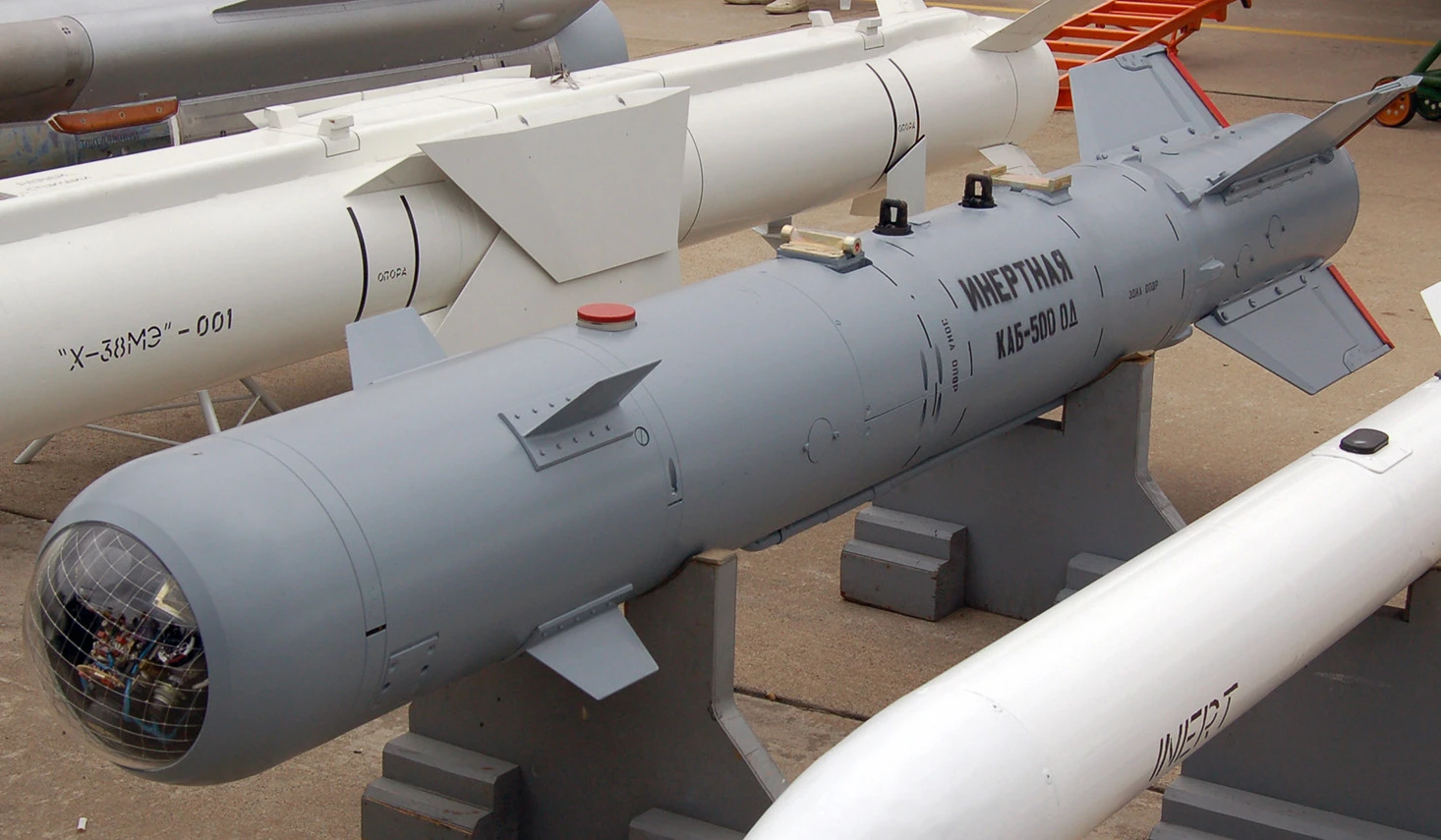
Finally, F-16s could also affect the situation at sea, where Russia often uses its fleet to launch missiles at Ukraine.
These fighters are capable of launching AGM-119 Penguin anti-ship missiles (range - up to 220 km) and AGM-84 Harpoon (range - up to 220 km). This can be a serious factor for the Russian Black Sea Fleet when going to sea.
Therefore, provided there are enough F-16s, trained crews and well-thought-out tactics, these aircraft have every chance to influence the course of the Russian-Ukrainian war.
Threats to the F-16 during aerial warfare
Given that the longest-range air-to-air missile can fly 180 kilometers, the F16 will have an advantage over the majority of Russian aircraft when in the air. However, it is preferable to avoid an aerial encounter with the Su-35 fighter due to its considerable advantage over the F16.
Depending on the upgrade Kyiv obtains from the West for its F-16s, the level of threats to aviation will vary. When it comes to outdated versions created more than 40 years ago, security issues are to be expected. Combat aircraft of today have no trouble spotting enemy missiles.
What is important for air superiority? The range of detection of air targets by the onboard radar and the range of air-to-air missiles. For the F-16, it looks like this: AN/APG-68 radar can see targets at a distance of 257 km, AIM-7M missiles can fly 70 km, and AIM-120 missiles can fly from 50 to 180 km, depending on the modification.
Even though the F-16's designers have included numerous layers of security, linking reconnaissance planes to S-400 systems could pose a concern.
British military intelligence has warned that the Russian Armed Forces are attempting to construct a combat linkage between S-400 air defense missile systems and A-50 long-range radar detection aircraft. But as Ukraine gets ready to receive F-16s, two Russian A50s are destroyed, leaving Russia with just three upgraded ones.

A-50/photo from open sources
The Russian S-400 systems can track and down fighters at a range of over 200 kilometers. If the F-16 is flying at a low altitude, the surface-to-air missile’s accuracy will be reduced and it will only be able to identify it within a radius of 100 kilometers.
If the West provides at least a few AWACS radio detection and targeting aircraft system units in addition to aircraft, the Ukrainian Armed Forces will attain maximum air superiority. This is a 500-kilometer-distance equivalent of the Russian UAVs, which are able to see what is happening at enemy locations. Consequently, keep away from a meeting with the Su-35 and shield them.
In addition, thanks to advanced military technology, Western fighters are not so easy to spot. Most of them are equipped with onboard defense systems that track heat and radar traps.
How did Ukraine achieve the decision to transfer the F-16 to it?
Back in September 2022, the transfer of F-16 fighter jets to Ukraine looked like a very distant prospect, if not a real one. At that time, the commander of the US Air Force in Europe and Africa, General James Hacker, said that Ukraine would receive F-16s only in 2-3 years after the relevant political decision was made.
Joe Biden's words in January did not sound too optimistic for Ukrainians either. Even after he visited Kyiv, the US president kept ruling out the possibility of giving Ukraine F-16s.
However, in early 2023, Ukrainian Foreign Minister Dmytro Kuleba openly stated that after reaching an agreement on the transfer of Leopard tanks, the next step would be fighter jets. And in March, Western media reported that Ukrainian pilots had arrived in the United States to train on F-16 simulators.
Key decisions were made in May 2023. US President Joe Biden approved the training of Ukrainians on the F-16, and a few days later, at the 12th meeting of Ukraine's allies in the Ramstein format, it was decided to create an air coalition to train Ukrainian pilots.
And on August 18, Vice Prime Minister of the Netherlands Wopke Hoekstra confirmed that the United States had approved the shipment of F-16 multi-role fighters to Ukraine.
When will Ukraine get F-16s and how many?
On May 21, 2023, US President Joe Biden approved Ukrainian training on F-16s. Volodymyr Zelenskyy assured that Ukraine would not use these aircraft to strike at Russian territory.
In July, Ukraine's Foreign Minister Dmytro Kuleba said that the first F-16 fighter jets would likely be flying in Ukraine's skies by the end of March 2024.
Denmark said it would supply Ukraine with 19 aircraft, provided they are not used in Russia. It is known that the first group of pilots has already begun training on F-16s in Denmark. The Netherlands will provide our country with 42 fighters. At the same time, Norway will provide Ukraine with F-16s, but the exact number is unknown.
On September 15, Belgium joined the training of Ukrainian pilots on F-16s. Earlier, the country's Defense Ministry said it would not provide Ukraine with F-16 fighters, but later the government suggested that Ukraine might receive several F-16s next year. In 2024, the Netherlands plans to provide Ukraine with the first batch of F-16 fighters.
On October 11, Danish Defense Minister Troels Lund Poulsen said that the country would be able to deliver the first F-16s to Ukraine in March-April 2024.
On October 12, it is reported that the Netherlands will send F-16s to Romania, where Ukrainian pilots will train.
On October 26, Ukrainian pilots began flight training on F-16 fighter jets at an air base in Arizona, USA.
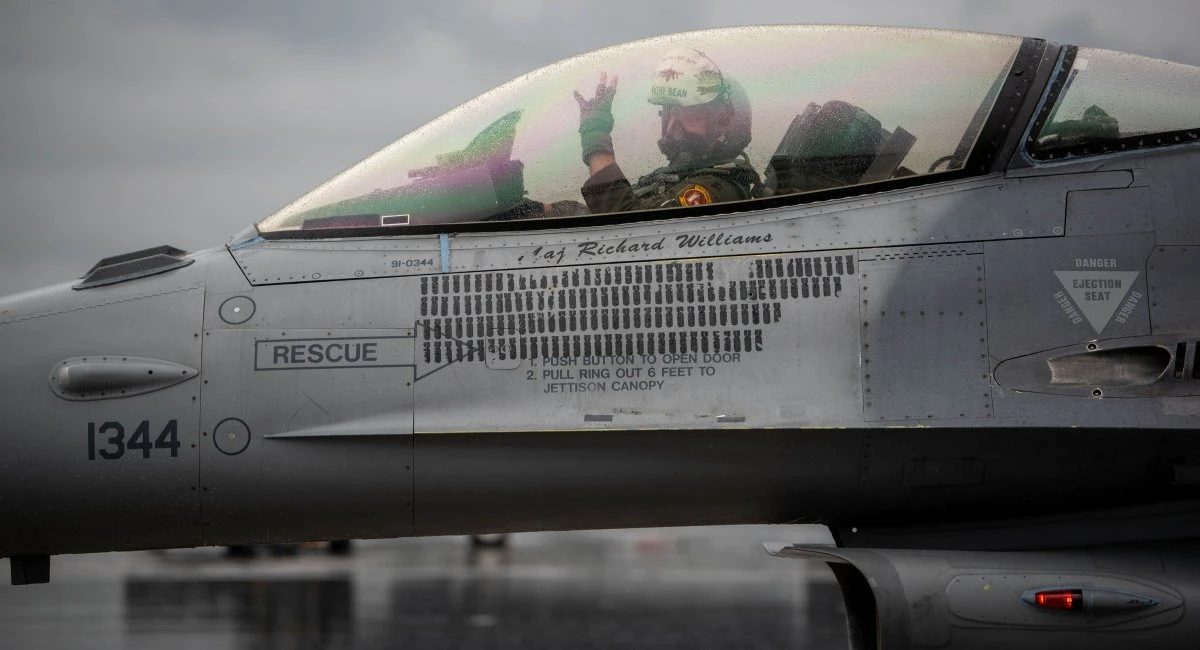
F-16/Photo: US Defense Department
In early January 2024, Pentagon spokesman Brigadier General Patrick Ryder said that Ukrainian pilots would complete training on F-16s this year.
On February 8, Ambassador to the Netherlands Oleksandr Karasevych said that Ukraine would receive F-16 fighter jets from the Netherlands this year, but the exact date was not announced.
During the February 17 Ramstein-19 meeting, the issue of supplying F-16 fighters to Ukraine was discussed. And the head of Ukraine's Defence Intelligence of Ukraine, Kyrylo Budanov, is looking forward to seeing them in the Ukrainian skies in the spring.
The first Danish F-16s are expected to be delivered in the summer, according to the Defense Ministry. The exact delivery date, meanwhile, is contingent upon the fulfillment of a few requirements before Ukraine may utilize the fighters that were provided.
Why are the allies not in a hurry to give Ukraine F-16s?
The Western allies are not giving Ukraine F-16 fighters due to several factors. There are four main reasons.
First, it is the training of flight personnel, which, according to NATO standards, takes up to two years. Even taking into account the professionalism of the Ukrainian ace pilots, the training period was reduced to 6-9 months.
Second, the training of maintenance personnel for these aircraft takes up to three years, and this period cannot be shortened.
Thirdly, it is logistics, namely the equipment of airfields. F-16 landing gear is very sensitive. They can take off from a flat runway. In Ukraine, runways are concrete slabs that are not suitable for Western aircraft.
And fourthly, the cost of the F-16. After all, even a used fighter costs between 25 and 40 million, which is very expensive even for NATO countries, and there is no sufficient number of available aircraft.
How does Russia react to the transfer of F-16s to Ukraine?
Moscow will consider the very fact of the transfer of US F-16 fighters to Ukraine as a threat in the nuclear sphere, Foreign Minister Sergei Lavrov says.
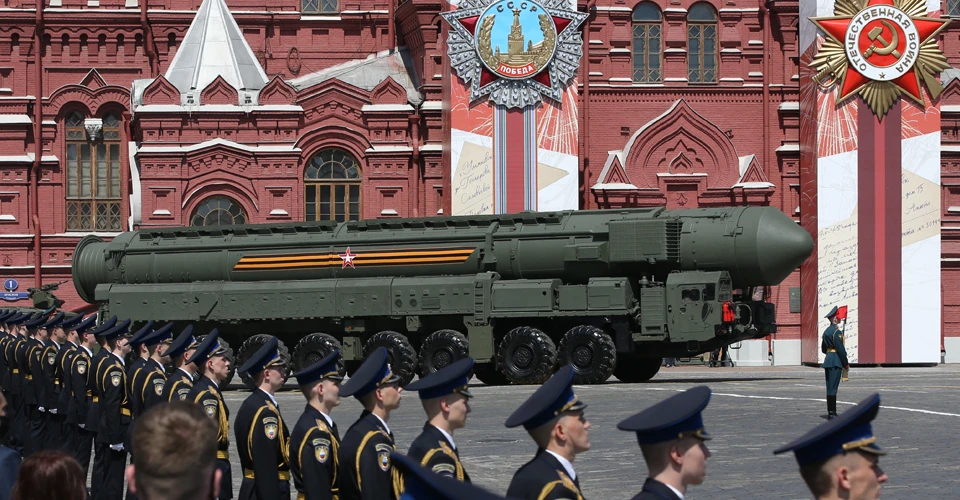
He emphasizes that the US and its NATO allies are creating risks of a direct armed confrontation with Russia, the possible consequences of which would be catastrophic.
“In the course of combat operations, our military will not have to sort out whether or not each particular airplane of this type is equipped to deliver nuclear weapons. The very fact that the Ukrainian Armed Forces have such systems will be viewed by us as a threat from the West in the nuclear sphere,” Lavrov said in a comment to one of the Russian media.
Another Russian representative said that Russia would take retaliatory measures if the F-16 fighter jets handed over to Ukraine conduct sorties from air bases in Poland, Romania and Slovakia.
"We strongly warn that the use of these fighter jets from the territory of the said NATO member countries will be considered by Moscow as their participation in the conflict in Ukraine and will force Russia to retaliate," Russian media Nia Novosti writes.
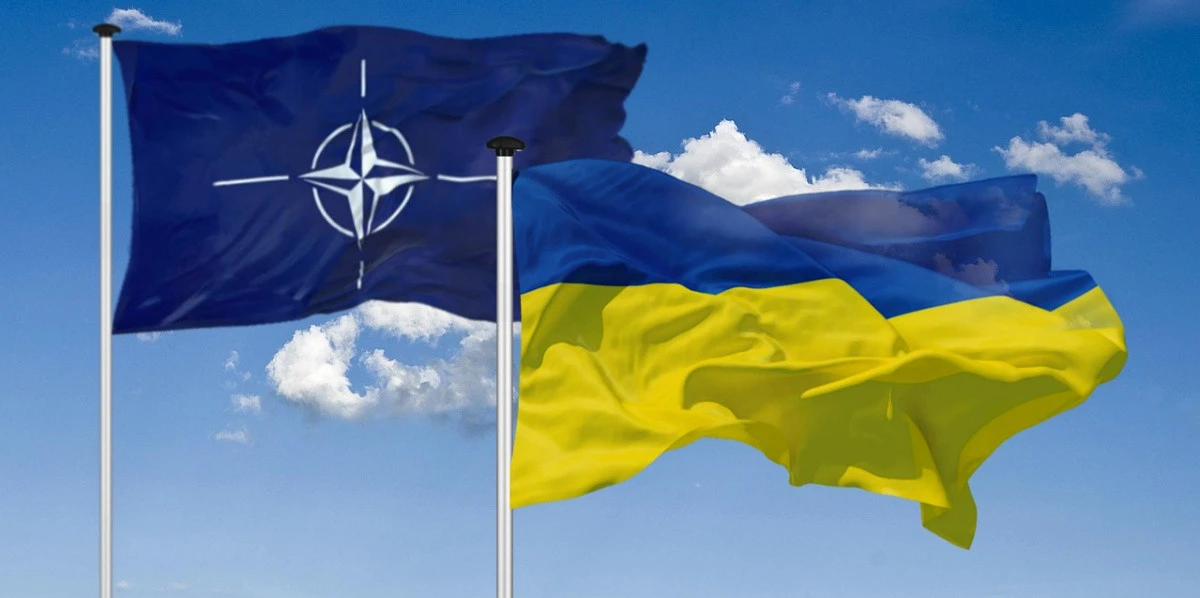
From these statements, we can conclude that Russia considers the appearance of F-16s in Ukraine's arsenal dangerous and that these fighters are a game changer that could affect the dynamics of the Russian-Ukrainian war.
- News












































